
Researching barefoot shoes is going to yield some drastically differing viewpoints. Are barefoot shoes the answer to all that ails you? Or are they the devil reincarnate, a surefire way to destroy your foot health?
The truth is, it’s your feet that will save you, not the shoes. Yes I personally am 100% in the camp of “barefoot shoes or no shoes,” but not strengthening your feet when you switch to minimalist shoes is like wearing a cast for years and then not doing physical therapy when you take it off. Barefoot shoes will only benefit you if your feet can do what your old supportive shoes used to, and that requires MUSCLE. So if you are in search of a sustainable path to foot health then you need to be thinking about more than shoes.
In this post we cover 5 simple exercises for strengthening, mobilizing, and preparing your feet to be less reliant on supportive shoes. Whether you are a seasoned barefoot-er, actively transitioning to barefoot shoes, or just wanting to improve your foot health without making any big changes, these exercises are for you.
Short Foot


Short foot is an isometric exercise where you contract the arch of your foot by pressing your toes into the ground. When you do your foot should contract in the center and dome up, revealing an arch. This is a highly effective exercise for stabilizing the foot and is ground zero for function.
You might feel some cramping, and that’s ok! Hold the contraction for a few seconds and then repeat several times or until fatigue. Modify as needed, but with practice this exercise should become easier over time.
You can watch a video demonstration of the Short Foot exercise here.
Toe Spacers

Helping your feet spread out can go a long way to reduce pain and increase stability. Many of us are walking around on effectively bound feet because the muscles are so tightly contracted as to make them immobile – thanks to our tight shoes + weak muscles. Interlacing your fingers between your toes (or trying to! They’ll get there eventually) is the easiest way to increase your foot mobility. Do it while watching TV or during a business meeting (they can’t see under the table…) and hold it for as long as feels comfortable. Aim for at least 30 seconds.
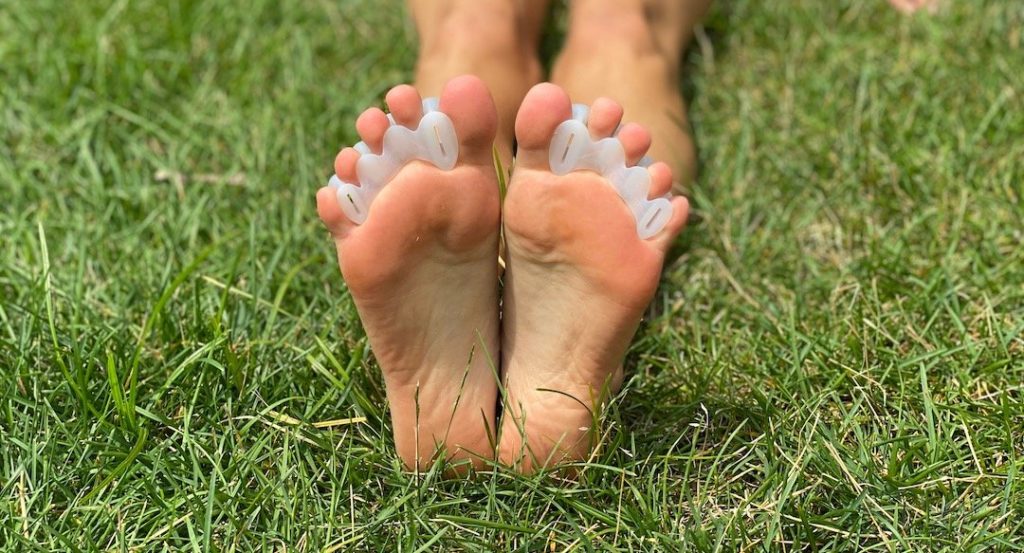
If you’re really wanting a better splay, consider Correct Toes. They are a passive way to spread your toes while you go about your business, and once you have worked your way up to it they can be worn all day in your shoes. Read my review of them here.
Toe-ga
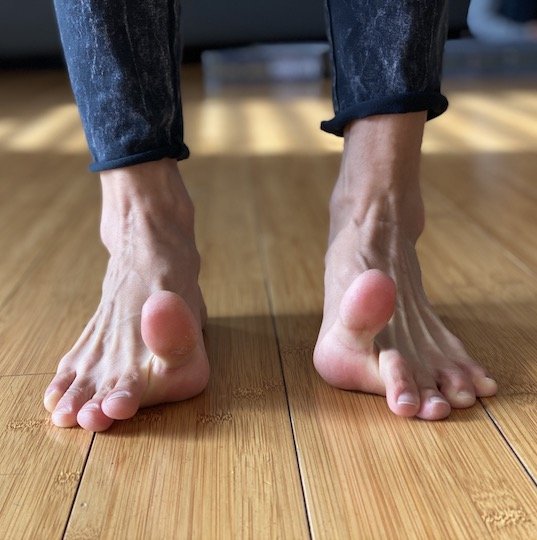

Oh toe-ga, how I love thee! Toe-ga is yoga for your toes, and can be done just about any time. I aim to do these exercises sporadically throughout the day, most days of the week. Eventually it becomes second nature to stretch and move your toes around, and your feet will thank you.
- Lift, spread, and reach your toes
- Raise only your big toe while keeping the others down, and then alternate (big toe down, other toes up)
- Raise each toe individually, then set them back down one at a time
- Add resistance by pressing your big toe into your finger
Don’t be discouraged if your toes don’t move yet. Doing the first exercise (toe spacers) and trying to move your toes is changing your feet, it just might take a little while before you can tell.
Roll Out Your Foot
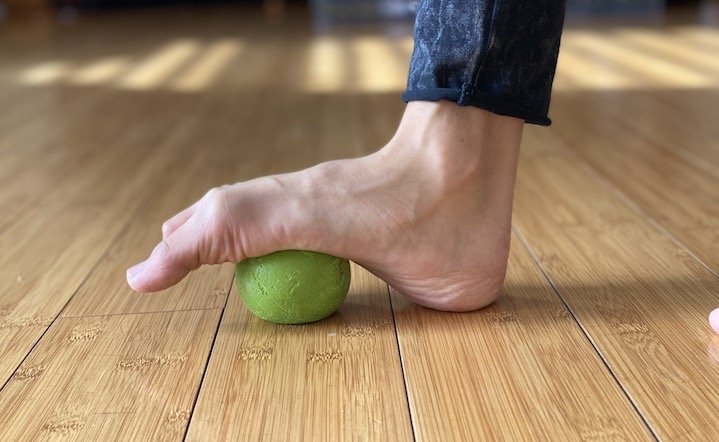
Rolling out your foot on a ball such as these Yoga Tune Up balls is an excellent way to break up dense tissue and wake up the nerves.
I try to apply as much pressure as I can (some pain is ok, but nothing that shoots or makes you grimace) and hold it until I feel a releasing sensation. You can press and hold on an especially dense area, and you can roll forward and back, and side to side. If your feet are very tight and painful that might be only a little pressure and it can be a while before you notice a change. Better to go light and often than hard and infrequently.
Besides rolling the foot out on a ball, you can also try stepping on virtually anything that is textured and bumpy. This can ease tension, work muscles that don’t get used often, and desensitize the bottoms of your feet. I have this Rox mat in front of my bathroom sink that I step on daily, and I also stand on this Naboso Mat while I work. In warmer weather I walk barefoot outside every day and that alone has improved my feet a lot.
Balance
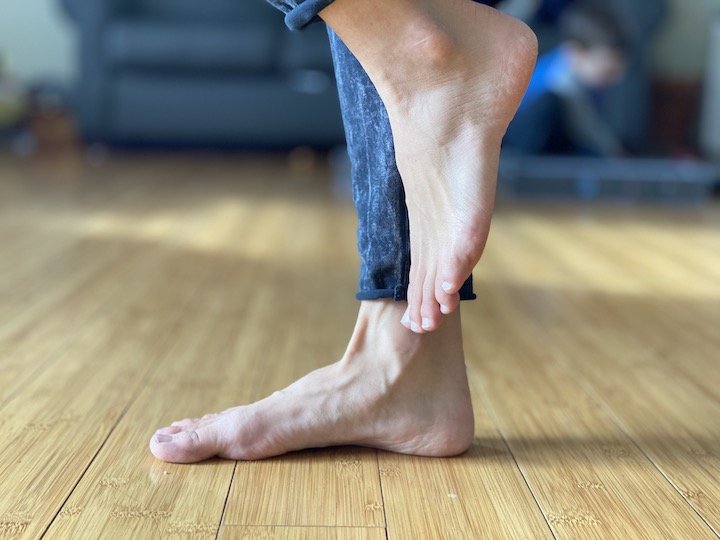
Yes, balancing is a foot exercise! I LOVE single leg balance work for bringing it all together, because your feet are connected to your core after all. I am very passionate about balance because I believe it has a huge impact on quality of life, especially as we age. A fall can be deadly, so I’d like to prepare my body today by honing my balance skills as much as possible. Here are a few things to keep in mind while balancing
- Keep your weight centered (don’t float forward)
- Keep your entire foot planted (your toes shouldn’t be popping up)
- Practice often
And here are a few ways to take your single leg balance to the next level
- Pass a kettlebell back and forth between your hands
- Lean forward and try to touch the floor (deadlift)
- Spread out like a star
- Walk on a balance beam
- Stand on a balance board
- Use a Mobo Board
- Add calf raises – calf strength is super important!
Extra Credit: Squat, Stand, or Sit on the Floor
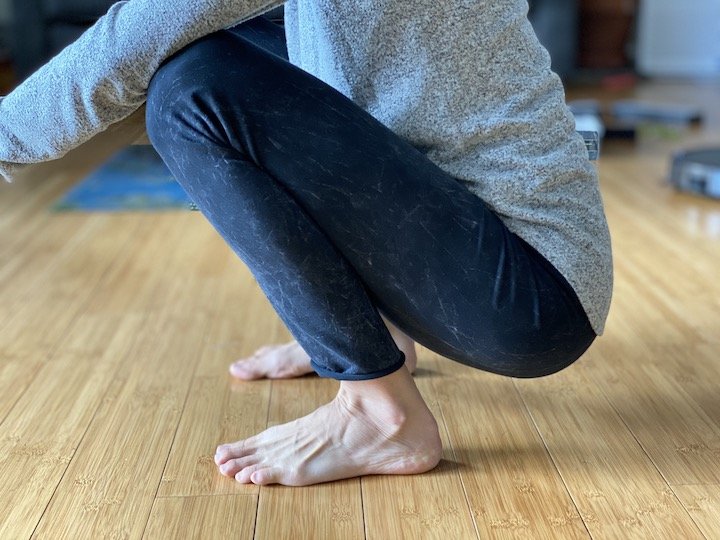
The truth is, how we sit, stand, and squat (or not squat) all affects our foot function. If you sit the majority of your day in one position it will inhibit your movement, so try to add a variety of poses to your life. Stand often, sit on the floor instead of in a chair, and squat regularly to keep all your parts limber!
For even further learning, check out this great free foot strengthening course from The Toe Spacer.
Conclusion
If a part of your body is weak, you can strengthen it. Feet are just as adaptable to exercise as any other part of your body, and you CAN change them. So add a few foot exercises into your life and see what a strong foundation can do for you. If you add in barefoot shoes too you are well on your way to happy feet!
Like Video? Watch me do the exercises here.
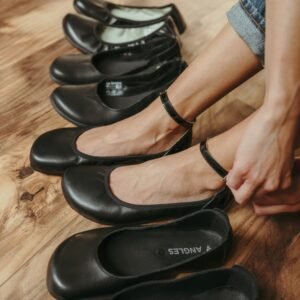


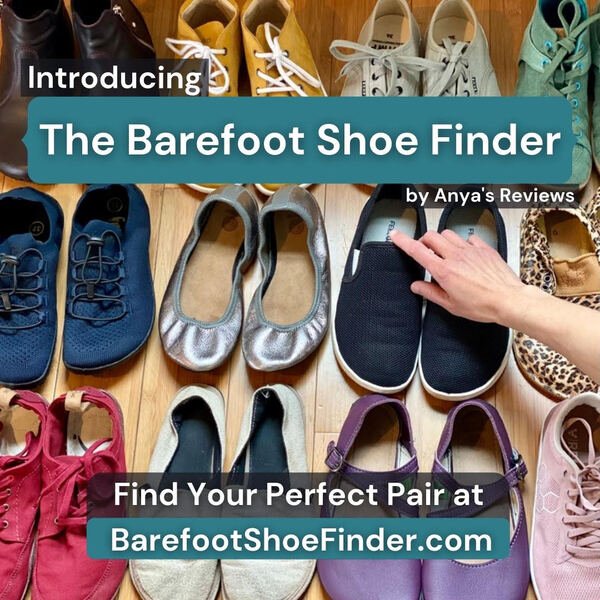
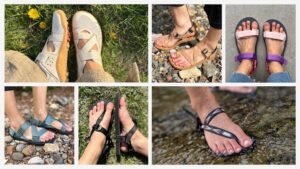
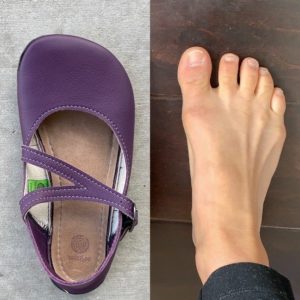


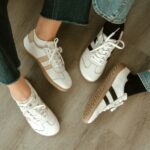




43 thoughts on “5 Simple Foot Exercises for Transitioning to Barefoot Shoes”
Ok- whoa!I wish I found this site in my 20’s. I am 54 now and am finally seeing what years of ill fitting shoes, XC running in cushy soles and toe gripping/ shuffling Birks have done. My arches cramp constantly, and I have sprained my right (only) ankle so many times- I stumbled upon toe spacers after wondering if the toe clenching & gripping (occurring only on the right),was the culprit- AND IT WAS! So through some searching; I found this incredibly important site. You are spot on- as you age, feet matter so much.
Thank you!!
Anya, You mentioned in another article that you had plantar fasciitis which was one of the reasons that led you to barefoot shoes. I was wondering if you might have some tips for me, as I seem to have developed it in my left foot (hopefully my right won’t follow) after having worn barefoot shoes for over a decade. Everything that has been recommended to me just devolves to more supportive and squashier shoes (how are those two things not contraindicated?!) and keeping off my feet as much as possible – I am a runner! I am frustrated.
Many thanks.
Hi Katy! I never had full on plantar fasciitis, but I would get plantar fascia pain, as well as achilles pain and peroneal pain (basically the pain migrated around my whole foot and ankle complex). But from what I’ve learned from other experts in the field, getting blood flow through the foot via toe spacers and wide toe box shoes is ground zero. You can try a shoe like Lems or Altra and even use an orthotic temporarily if that is getting you out of pain, but at least free the toes. And from there you want to build up the strength and stability of the foot and ankle. Correct Toes has some good resources for different foot conditions, and I also would recommend checking out Gait Happens resources on their website and on social media.
I’m having difficulty accessing wide toe short ankle socks (not with individual toes). Please advise. Thanks!
Hi Jane! Be Lenka/Barebarics has anatomical ankle socks. Feelgrounds does also. You can find our full sock list here.
Thank you for this website, its been a great source of info to me!!
Ive transistioned to barefoot shoes with no issues but I seem to have bruised my heels, I just woke up one morning with the pain. Theyve gotten better but still tender where they were not before(been a few weeks).
Any tips on exercises or general advice? Hoping I havent done serious damage.
Thanks again for all the team’s work here 👍🏻
Could be worth adding a bit of cushion back in to your shoes!
Hi Anya, keep ending up on your website and loving all the info whilst in research stage and now ready to take action. Thank you for sharing this and looking forward to getting my feet healthy. Ana, Australia
Hi Anya can you do a comparison between Correct Toes and the new Bodyfeet which claim to correct back and hip pain? There’s so many options out there it gets overwhelming. Thank you! Louise Sunde
I’ve not heard of those new ones! I’ll check them out
Some questions regarding the exercises above which I’ve been doing now for a few weeks. 1. On the Short Foot exercise, when I “press toes into ground” my toes are gripping because they’re curled. So what I’m doing doesn’t look like what your toes look like in the video. Am I supposed to be gripping? 2. On the Toe Spacers exercise, Does it matter how far in my fingers go between the toes? 3. On the Toe-ga exercise, I have one rigid toe (#2) and the one next to it stays with it (which they both do on the other foot, as well). Is it possible that with time that third toe will move on its own? 4. On the Ball exercise, can I use a tennis ball? If not, why not? Also, I don’t understand your statement, “holding foot for release sensation” and “pressing on dense area”. What sensation and what dense areas? Thank you!
Hi Cheryl,
1. I would back off the movement and try to keep your toes straight while you press in, rather than curling them up. You’ll have less force, but it’s more focused on the purpose of the exercise.
2. Go as far in as is comfortable so you get a stretch. Often times when first starting out people can barely get their fingers in there.
3. Yes, it is totally possible! You can hold one down and try to move the other to help your brain out.
4. Yes, you can use a tennis ball. With fascia, when you stretch it by pressing down on the ball after 30 seconds or so you often can actually feel the tissues relax. It’s that moment when you are in a stretch that at first feels tight and then suddenly isn’t anymore. It can take some focus to start noticing this. Dense areas are knots. You often can feel that the tissue is thicker and also more sensitive.
Hi,
In the last year I have developed a prominent bunion on my left foot and my heels are very soar when I am active and very stiff when I wake up. I think these exercises will be great in retraining my feet, and then buying the shoes after feet are strengthened, but I haven’t seen bunions addressed. Do I need to do something about them before I start these exercises? Thank you so much for your time with the research and willingness to share to help us all with having an active life into our older years.
Hi Natalie – here is an article that specifically addresses bunions, co-written with a podiatrist. It’s very similar, but there are some things to think about with a bunion. Best of luck!
I only started looking at my foot health after many years (I’m 67). But I can’t keep my toes from curling when I attempt the doming (short foot) exercise. Should I nonetheless persist with this exercise? It sure seems like my foot intrinsic arch muscles could use the help. I do wear Pdag metatarsal pads in my Vibrobarefoot Primus shoes.
I say keep going! And just keep trying to keep your toes flat as you do it. You can also try this exercise to work on intrinsic arch strength (and it clarifies how your toes should look as you do it, you may already be doing a fine job).
Hah !!! Please disregard my message. Your Resource section pretty much answered most of my questions.
Hi Sam! I’m glad you found what you were looking for.